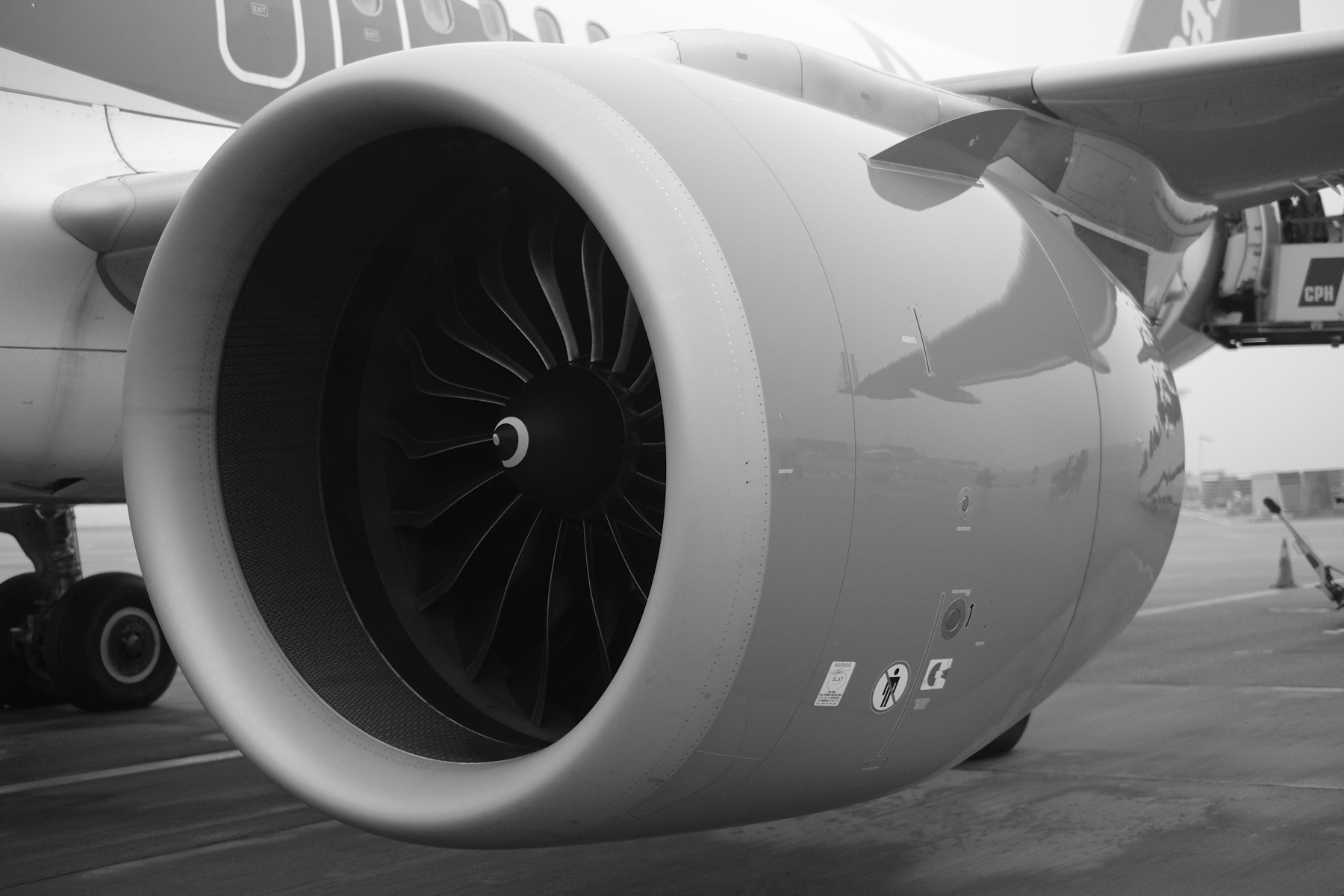Hvad er Greenhouse Warming Potential GWP*100?
og hvorfor de nyeste europæiske anbefalinger siger at flyvning som gennemsnit bidrager til jordens opvarmning med en faktor 3, dvs. 1 andel CO2 og 2 andele ikke-CO2
Vi citerer:
A relatively new application of the GWP, referred to as ‘GWP*’, produces a better temperature-based equivalence of short-lived non-CO2 climate forcers than the traditional use of GWP by equating an increase in the emission rate of a Short Lived Climate Forcer with a one-off “pulse” emission of CO2. The GWP* is an example of a ‘flow-based’ method that represents both short-lived and long-lived climate forcers explicitly as ‘warming-equivalent’ emissions that have approximately the same impact on the global average surface temperature over multi-decade to century timescales (Allen et al., 2016; 2018; Cain et al., 2019). GWP*100 for net aviation impacts was calculated by Lee et al. (2020) for recent conditions. The CO2-warming-equivalent emissions based on this method indicate that 26 No uncertainty ranges given for emission metrics (e.g. GTP, GWP, GWP*100). 27 The metric ‘Radiative Forcing Index’ (RFI) introduced by the IPCC (1999) to illustrate aviation’s net currentday non-CO2 radiative impacts, relative to its historical and current day CO2 radiative impacts was never designed to be an emissions metric and has been widely misused as such, despite scientific literature, including the IPCC Fifth Assessment Report (Myhre et al., 2013) pointing this out. 36 aviation emissions are currently warming the climate at approximately three times the rate of that associated with aviation CO2 emissions alone.
It could be argued that temperature-based metrics, and the GWP*, are potentially more useful for temperature-based policy objectives such as the temperature targets of the Paris Agreement. They also provide a more physical basis of actual impacts than GWPs for SLCFs.
Fra side 35-36 i FINAL REPORT Updated analysis of the non-CO2 climate impacts of aviation and potential policy measures pursuant to the EU Emissions Trading System Directive Article 30(4)
Lee et al. (2020) er det ”tungeste” videnskabelige bidrag i branchen og dem, der har introduceret beregningen GWP*100.
Også den store europæiske NGO Transport & Environment benytter nu GWP*100 efter noget tøven.
Vær opmærksom på at EASA i den politiske del af rapporten gerne vil bruge en ældre fortolkning af GWP, hvor gennemsnittet bliver lavere, nemlig 1,7. De skriver selv at det er en politisk beslutning.
Om andre GWP effecter (methan, lattergas mv.) se
https://www.epa.gov/ghgemissions/understanding-global-warming-potentials

